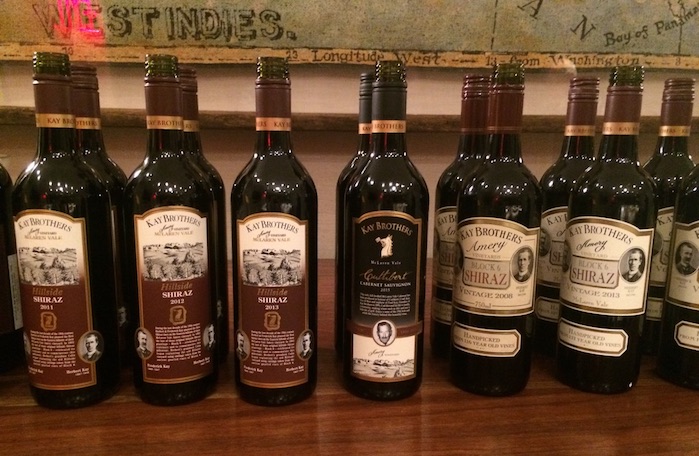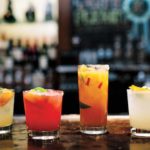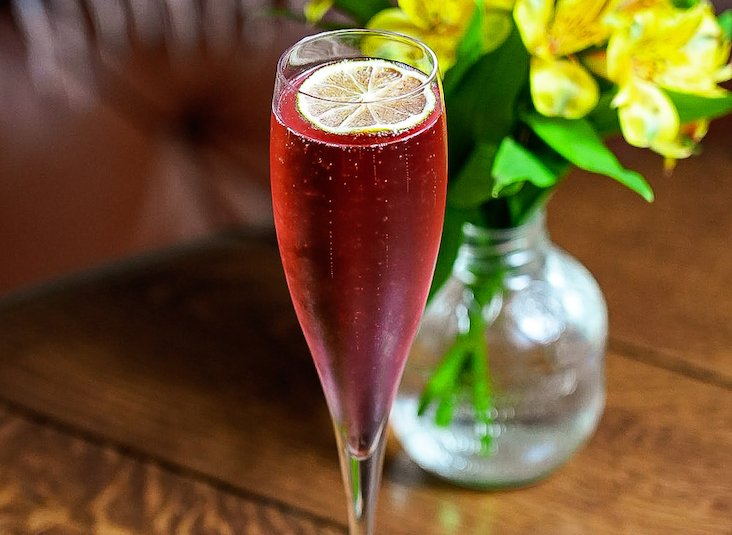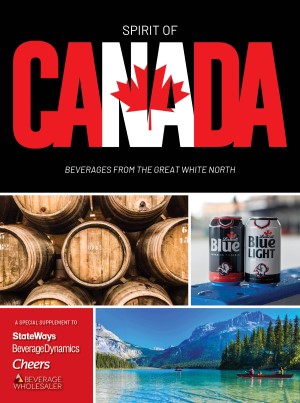Australian wine has come a long way in America.
Many U.S. consumers first tasted Australian wines from Yellow Tail. The rise in sales of that brand was a double-edged sword. It put Australian wine on the American mainstream map. But Yellow Tail also established the misconception that wines from Australia were inexpensive ‘juice bombs’ bursting with super-fruity flavors.
Thankfully, that notion today seems increasingly outdated. U.S. consumers are more knowledgeable now about what they drink, and crave variety and quality. This has opened eyes to the far-reaching realms of Australian wine beyond Yellow Tail, including a bevy of world-class vineyards.
Like Kay Brothers. Founded by 1890 in the premier South Australian wine region of McLaren Vale, Kay Brothers boasts some of the oldest shiraz vines — 128 years — in a region renowned for its balanced, dark-fruit, law-tannic take on this varietal.
In many ways, Kay Brothers is emblematic of how premium Australian wine has evolved with the American palate. During a recent tasting I had opportunity to talk with Michael Wehrs, Kay Brothers sales and marketing manager, about this trend.
Kyle Swartz: How does Australian wine want to be seen in America?
Michael Wehrs: We want to change the American image of Australian wine. We want to be seen as top-of-the-world, with good structure and acidity in our wines.
KS: How are you working towards that?
MW: Australian shiraz used to be these big juicy fruit bombs. There was a time when we made wines for that certain palate. Today, those producers might not even recognize our shiraz. We’ve toned it down, focusing more on acidity and the refreshing quality on the end of the palate. Australian shiraz is no longer the jammy fruit bombs of Yellow Tail.
The trend is going in that direction across all wine in Australia: toning it down. And we’re focusing more on highlighting specific regionality, microclimates and sub-appellations.
KS: Americans do not cellar wine as much as in other countries. How have you adapted to that?
MW: You look back at our 2008 vintage and we used a lot more new American oak. That integrates well with the wine over about 10 years. We like to think that people put down our wines, but we realize they don’t always. If you tasted the 2008 within the first couple of years, all that American oak may not have integrated as well.
So we’ve changed up our oak components. We’re using more French oak, which integrates earlier with the wine. If you drank these wines newer, the integration would taste better.
KS: How would you describe Australian Cabernet Sauvignon?
MW: Unlike California and their warm-weather cabs, at Kay Brothers we think cool weather makes a better cab. Like a Bordeaux cab. It’s a varietal that gets really ripe and raisony when it gets too hot. I prefer that beautiful black courant of cool-weather cab. We won’t make cab if the conditions are too warm.
KS: You recently introduced your Basket Pressed Grenache into the U.S. What’s the thinking there?
MW: There’s a larger cuisine movement now in America. And that means more consumers in the U.S. are looking for medium-bodied wines. Grenache is a wine that suits many styles of food. It’s what I bring home the most from the winery myself. I don’t ever have to worry what’s for dinner with this wine — that’s what’s so good about it.
Shiraz is the same way. It’s a highly compatible food-wine that works well with a wide variety of dishes.
KS: What’s the best recent vintage of Australian shiraz?
MW: 2012 was the best shiraz vintage in a decade. Growing conditions were textbook, with good rainfall, allowing for even ripening.
KS: What’s the difference between McLaren Vale shiraz versus that of nearby Barossa Valley?
MW: I think there’s more finesse and structure in McLaren Vale shiraz versus those from Barossa Valley.
Kyle Swartz is managing editor of Cheers magazine. Reach him at kswartz@epgmediallc.com or on Twitter @kswartzz. Read his recent piece 7 Whiskey Trends in 2018.








